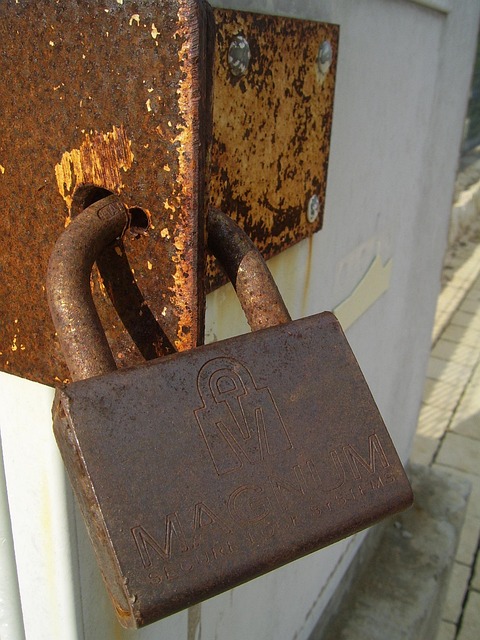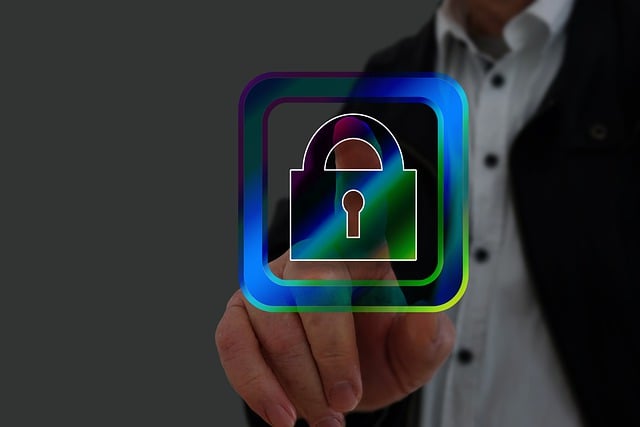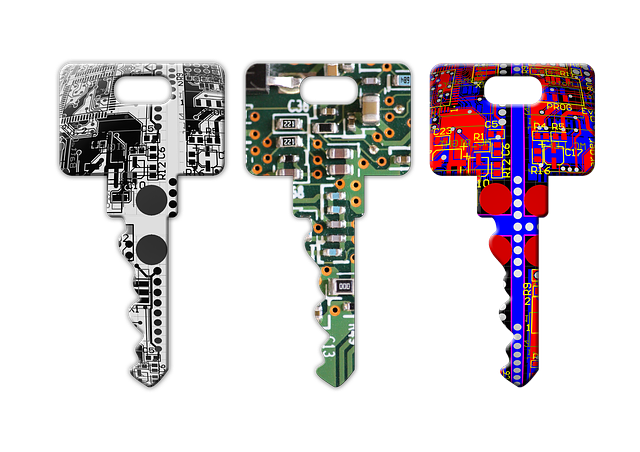Category: Wireless Security for Remote Homes
Understanding Wireless Security for Remote Homes
Wireless security for remote homes encompasses the measures, technologies, and practices that protect the digital communications and networks within a home that is not physically accessible to its inhabitants. This includes securing IoT devices, smart home systems, and any other wireless-enabled technology within the household that connects to the internet or other networks remotely. The concept gained prominence with the proliferation of smart home devices, which while offering convenience, also introduce potential vulnerabilities if not properly secured.
The core components of wireless security for remote homes include secure network configurations, robust encryption protocols, authentication mechanisms, intrusion detection systems, and regular software updates. These measures are critical to protect against unauthorized access, data breaches, and cyber-attacks that can compromise the privacy and safety of a home’s inhabitants and their data.
Global Impact and Trends
The impact of wireless security for remote homes is global, with trends reflecting the increasing reliance on connected technology across all regions. The adoption of smart home devices has been driven by advancements in IoT technology, which has seen a significant uptick in both developed and developing countries. In North America and parts of Europe, there is a growing trend towards fully integrated smart homes, whereas in Asia and Africa, the penetration of individual smart devices is on the rise.
The trends also indicate a shift towards more proactive security measures, with consumers and manufacturers alike recognizing the importance of robust security frameworks. There is an increasing demand for standardized security protocols, and international bodies are working towards establishing these norms. The global nature of cyber threats necessitates a coordinated response to ensure the security of remote homes worldwide.
Economic Considerations
The economic landscape of wireless security for remote homes is shaped by market dynamics that include competition among security solution providers, consumer demand, and investment in research and development. The economic impact is significant as cybersecurity breaches can result in substantial financial losses for both consumers and businesses.
Investment patterns reflect a growing recognition of the importance of cybersecurity, with venture capital and private equity investments flowing into startups offering innovative security solutions. These investments are critical to driving innovation and ensuring that wireless security measures keep pace with emerging threats.
Technological Advancements
Technological advancements in wireless security for remote homes have been rapid and impactful. The development of next-generation encryption methods, AI-driven threat detection systems, and blockchain for secure authentication are examples of how technology is evolving to meet the demands of securing remote homes.
The advent of AI has led to more sophisticated intrusion detection systems that can learn and adapt to new threats, while blockchain technology offers a decentralized and tamper-proof method for authenticating devices and managing access controls. These advancements are poised to significantly enhance the security of wireless networks in remote homes.
Policy and Regulation
The regulatory landscape for wireless security for remote homes is complex, with policies varying across different jurisdictions. In regions like the European Union, there are stringent data protection regulations such as GDPR that directly impact how IoT devices and their associated data must be handled. The United States has a more fragmented approach, with individual states setting their own standards for IoT security.
International bodies like the International Telecommunication Union (ITU) and the Internet Engineering Task Force (IETF) provide guidelines and best practices that influence policy decisions worldwide. These frameworks are crucial in ensuring that wireless security measures are both effective and consistently applied across different regions.
Challenges and Criticisms
The challenges faced by wireless security for remote homes are multifaceted, including the need to secure a rapidly growing number of IoT devices, the complexity of managing diverse ecosystems, and the ever-evolving nature of cyber threats. Criticisms often center around the user’s role in maintaining security, with reliance on complex passwords and regular updates sometimes seen as a barrier to usability.
To overcome these challenges, a combination of user education, simplified security protocols, and robust design principles is necessary. Manufacturers must prioritize security during the development phase of products, and consumers must be encouraged and equipped to adopt secure practices.
Case Studies
Several case studies demonstrate successful applications of wireless security for remote homes. One notable example is the deployment of a comprehensive security solution in a smart home community that thwarted a coordinated cyber-attack aimed at compromising the residents’ privacy. Another case involves a smart city initiative where IoT devices were secured with end-to-end encryption, significantly reducing the risk of unauthorized access to the city’s infrastructure.
These case studies highlight the importance of proactive security measures and the lessons learned from real-world applications. They serve as models for other remote homes and communities looking to implement robust wireless security strategies.
Future Prospects
The future prospects for wireless security for remote homes are bright, with continued advancements in technology and policy expected to enhance security capabilities. Emerging trends such as the integration of AI and machine learning with cybersecurity measures promise to detect and neutralize threats more effectively. The potential for collaboration between governments, manufacturers, and cybersecurity experts could lead to standardized security protocols that protect users globally.
Strategic considerations include the importance of adapting to new technologies such as 5G networks, which will enable faster and more reliable wireless connections but also present new vulnerabilities. As the Internet of Things continues to expand, so too must the efforts to secure it, ensuring that the benefits of connectivity are realized without compromising security.
Conclusion
Wireless security for remote homes is a critical issue that intersects technology, economics, policy, and user behavior. The global impact of this challenge is significant, with advancements in technology providing both solutions and new vulnerabilities. By addressing the economic, regulatory, and technical aspects of wireless security, we can create a safer environment for consumers to enjoy the benefits of smart home technologies. As the world becomes increasingly interconnected, the importance of robust cybersecurity measures will only continue to grow.
Satellite-Powered Security: Wireless Home Monitoring Without Internet
Securing Remote Homes: Mobile Apps for Wireless Security

Remote monitoring mobile apps have transformed modern living by integrating with smart home technolo…….
Uninterrupted Safety: Solar-Powered Wireless Systems Revolutionize Security Measures

Solar-powered wireless security systems transform protection with their eco-friendly, flexible desig…….
Secure Your Remote Home 24/7 with Motion Sensor Technology
Securing Remote Properties: Professional Wireless for Smart Home Safety

Securing remote properties requires specialized solutions due to challenges like limited internet an…….
24/7 Wireless Surveillance: Securing Remote Homes with Smart Technology

Remote homes face unique security challenges due to isolation, limiting access to traditional safety…….
Real-Time Alerts Revolutionize Remote Home Security Systems

Remote home security systems, powered by modern tech, let homeowners monitor and secure properties f…….
Long-Range Wireless Cameras: Securing Isolated Homes 24/7
Weatherproof Wireless Cameras: Essential Rural Security Solutions

In remote rural locations, weatherproof wireless cameras provide a practical alternative to traditio…….



